How Structural Engineers Shape Our Lives With Advanced Tech Tools?
In our previous blog titled “Roles of Structural Engineers on Commercial Properties”, we learned a few of the essential work of structural engineers for a successful project. It’s paramount that structural engineers play crucial contributions not only to meet certain requirements from a specific project but also in implementing and building actual structures built to last. Structures that above all, shape our lives with the help of advanced technology tools. In this blog post, you will learn several emerging and advancing technology tools and how structural engineers shape our lives with the proper use of these technologies.
Whether it’s for vertical or horizontal construction, it all boils down to the engineering process where facts & figures, concepts and principles, application, and best practices, are all taken into consideration to come up with the best design and model for well-built and reliable structures. Structures that certainly shape our lives to some extent.
We shape our buildings, thereafter they shape us.
– Winston Churchill
Behind every iconic structure and artistic building is the collaborative work of architects and engineers. And we can’t deny the fact that our lives to some degree are shaped by the edifice surrounding us. From the most beautiful building in Saudi Arabia to literally down-to-earth architectural marvel resembling Hobbit holes in Switzerland’s Earth House. Architectures and infrastructures pave a way for many of us to live our dream lives to some extent.
But what makes all this possible despite the challenges happening all at once around the globe, limiting our genius architects and engineers to do their job? When most of us are locked up due to COVID-19, what motivates and keeps our engineers doing what they love to do and what they’re called to do? Obviously, they can’t stop doing their passion of designing the best structures that help shape our lives. But other than that, it’s because they have the technology resources to make things happen.
Here are a few of the advanced technology tools that engineers nowadays are taking full advantage of to continue shaping our lives by the structures and infrastructures they build for us:
Application Programming Interface (API)
The tech giant IBM describes API as “software development and innovation by enabling applications to exchange data and functionality easily and securely”, allowing companies to “open up their applications’ data and functionality to external third-party developers, business partners, and internal departments within their companies.”
Although it sounds useful for tech companies only, that’s not necessarily true. For structural engineers, this means more ways to collaborate with data and faster ways to get facts and figures in designing and modeling structures. It’s a tool that helps automate the boring nitty-gritty stuff in structural engineering. A great example of a structural analysis and design engineering tool that leverages API is SKyCiv.
Artificial Intelligence (AI) & Machine Learning (ML)
Artificial Intelligence and Machine Learning are both pursuing the brink of the 4th industrial revolution. And that means every industry is finding a place, a sweet spot, to make use of this advancement in technology to cater to their business needs.
Health care services provide more accurate and informed medical decisions to identify healthcare needs; FinTech uses Artificial Intelligence and Machine Learning algorithms to improve financial decision making and forecasts; Real estate agents use AI to respond more quickly to clients and assist brokerages in marketing their listings with much greater accuracy; and undoubtedly, structural engineers utilize Artificial Intelligence and Machine learning for solving sophisticated and complex problems [1]. In fact, by using AI and Machine Learning, engineers developed a model that “functions as a decision support tool in the preliminary cost estimation stage of tall building projects” [2].
Augmented Reality (AR)
Have you recently traveled to Singapore? If so you may have noticed a crew wearing cool glasses scanning through cargos being offloaded or loaded onto the airplane. This is one of the best applications of Augmented Reality in real life to speed up transport services. Are you a fan of shopping at IKEA? Check out IKEA Place! It’s another application of Augmented Reality that helps you decide the best furniture or houseware that fits perfectly in your space.
For structural engineers and the construction industry in general, AR proves to be beneficial and transforming the entire engineering process. From a systematic and methodical translation of architectural drawings to superior development and design of structural models. Imagine walking around a building [3] that’s just in the initial stages of planning and design reviews, you can spot project design flaws and small errors that you can quickly change before the project execution. This contributes to reducing overall project costs and saving valuable man-hours.
AR lets you see the real-life environment right in front of you at your fingertip. If you’re a gamer, you sure have heard about Pokemon Go. We won’t go about spoiling you!
3D Printing
There are more people today 3D printing lego than ever before. Pros and newbies, printing lego bricks for DIY projects. The reason behind it? It just works! And there are so many creative ways we can use and build small pieces of lego bricks at home.
But more than Lego bricks, did you know that Dubai holds the Guinness World Record title for the world’s first 3D-printed commercial building? That’s right! 3D printing or also known as Additive Manufacturing in construction technology is emerging and arguably might become even more popular. Factor in the fact that it reduces labor costs and construction waste, it’s a game-changer. According to Architect Magazine, the firm responsible for building the World’s First 3D-Printed office building said, the combination of 3D printing and modular assembly reduced labor costs by 50%–80% and construction waste by 30%–60%. This is the way forward.
Cloud Computing
We are living in a world of connected technologies. From smartwatches to mobile phones, information has never been easier to consume. Being connected through cloud computing does improve our productivity and well-being in general. Translate this to how structural and structural engineers use cloud computing today, not only it helps improve productivity but also, opens a door for more automation and real-time access to data analytics and information necessary to carry out a successful project.
Conclusion
In conclusion, advancements in technologies are helping structural engineers make better judgments and decisions in planning and building the structures that shape our lives in areas we might least expect. Our engineers will continue to push through, despite all the challenges, to do their jobs and make our community and society a better place to live.
References

